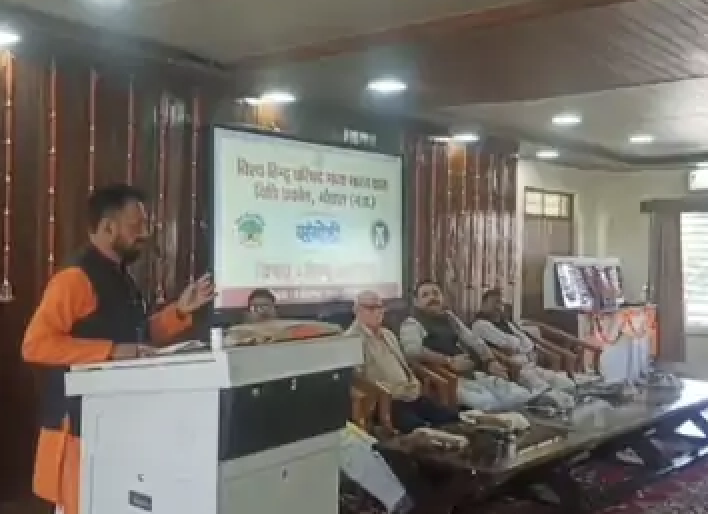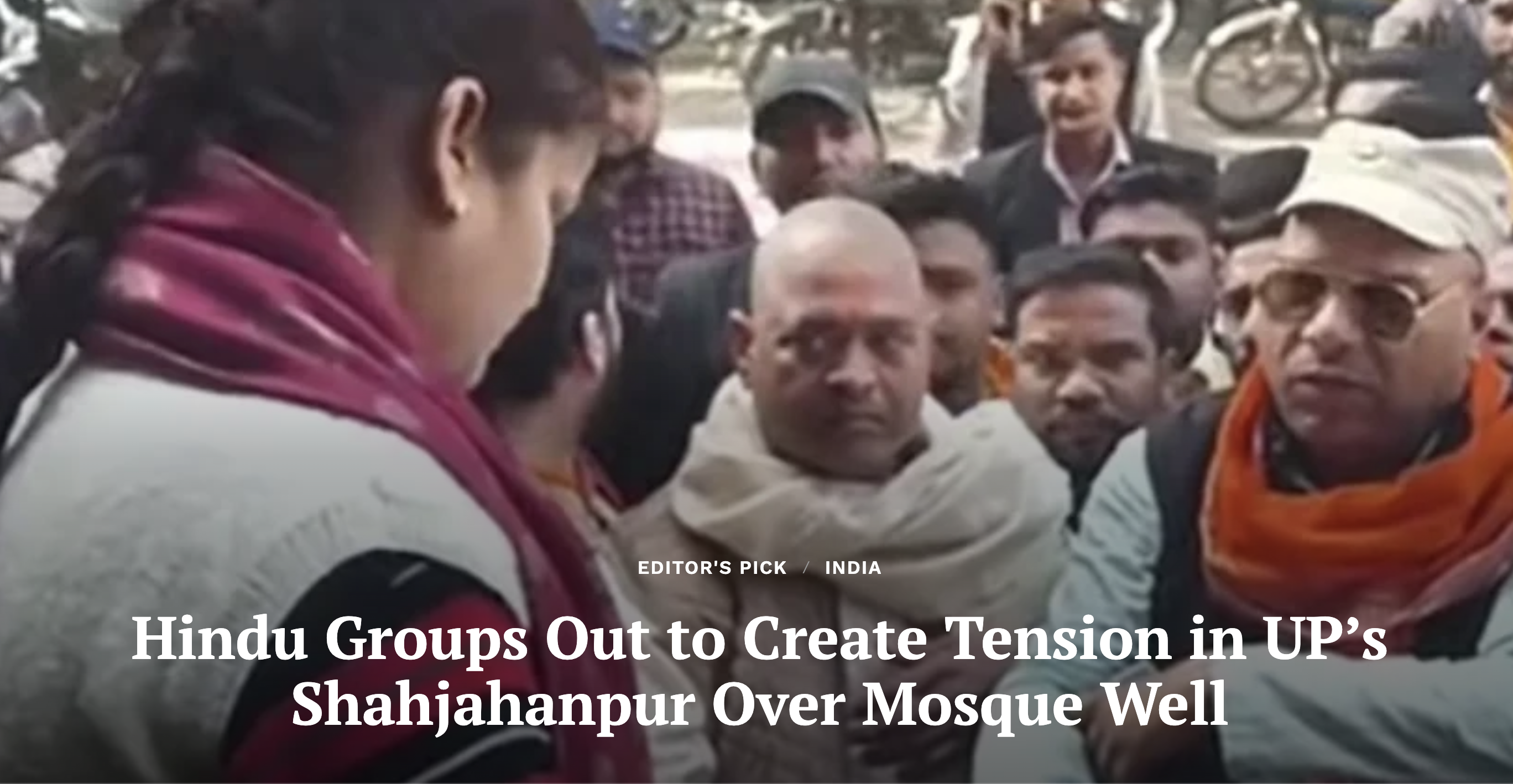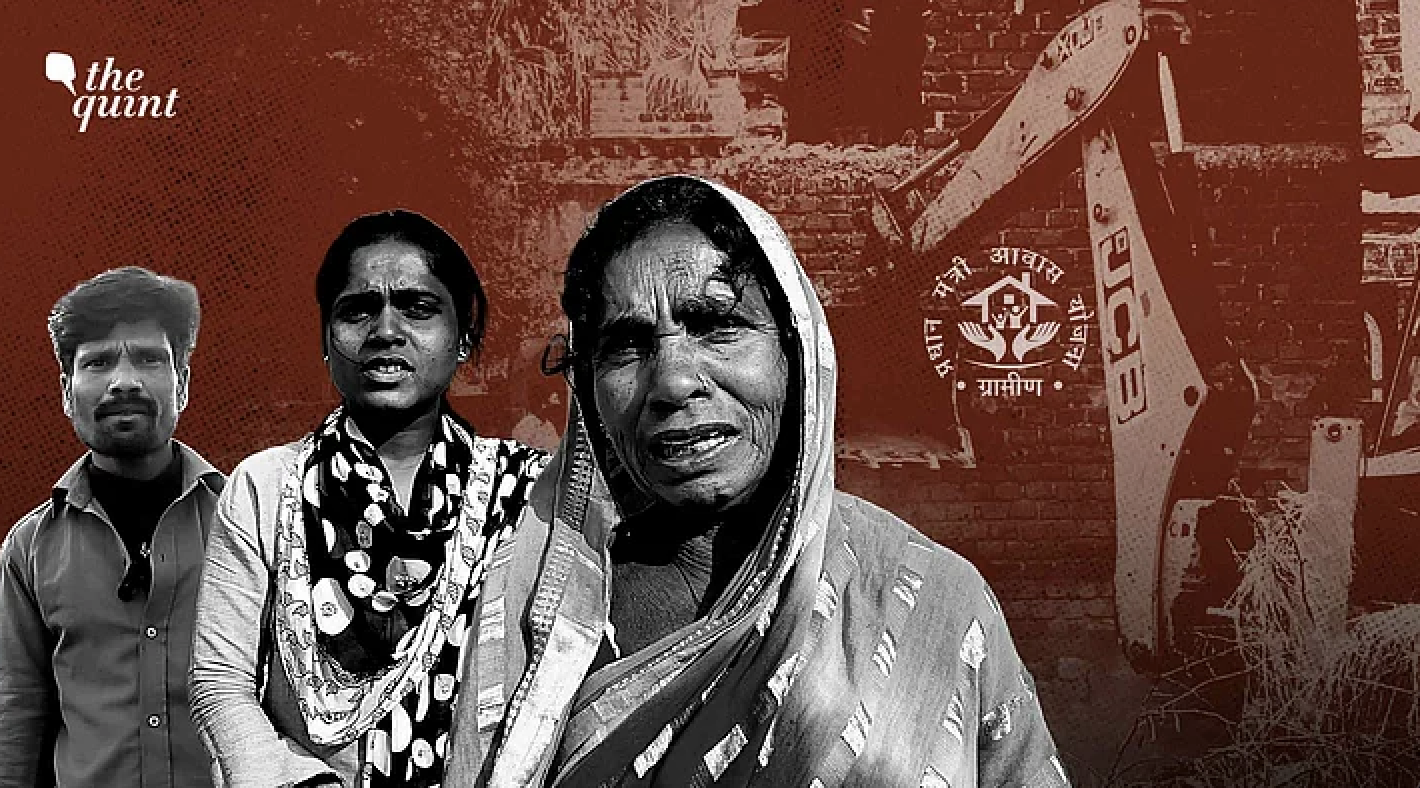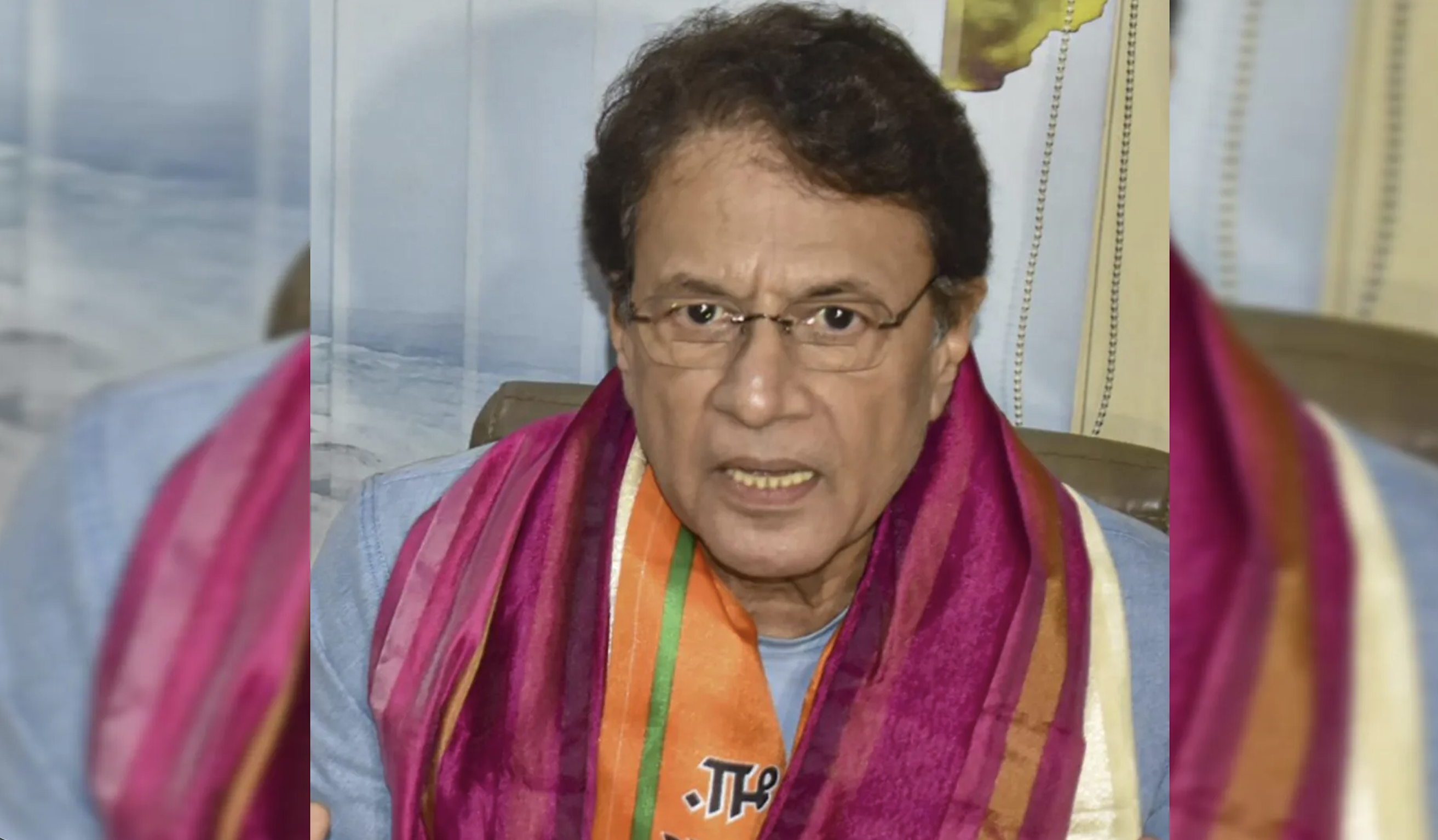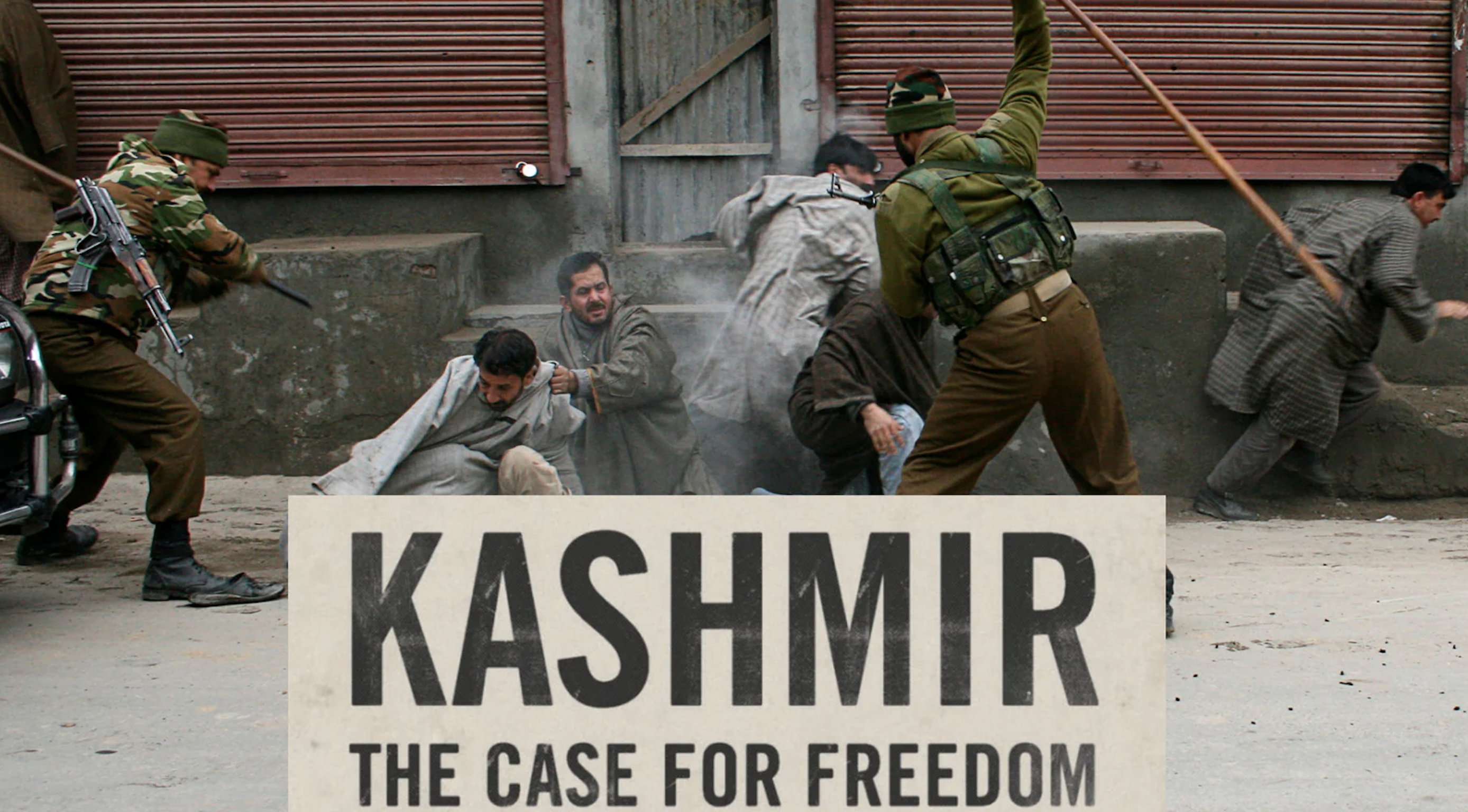
By Tariq Ali, Angana P. Chatterji, Pankaj Mishra and Arundhati Roy
The Wire reports from India that several critical books on Kashmir that according to the Indian government “have been found to excite(sic) secessionism and endangering sovereignty, unity and integrity of India.” Our book was published in 2011 and consisted of essays by Arundhati Roy, Pankaj Mishra, Angana Chatterji, Hilal Bhatt and Tariq Ali. It circulated widely in Kashmir and the diaspora. The extracts we publish below from the essays are self-explanatory and remain apposite. Since banning books often helps increase their circulation, we hope new readers will oblige.
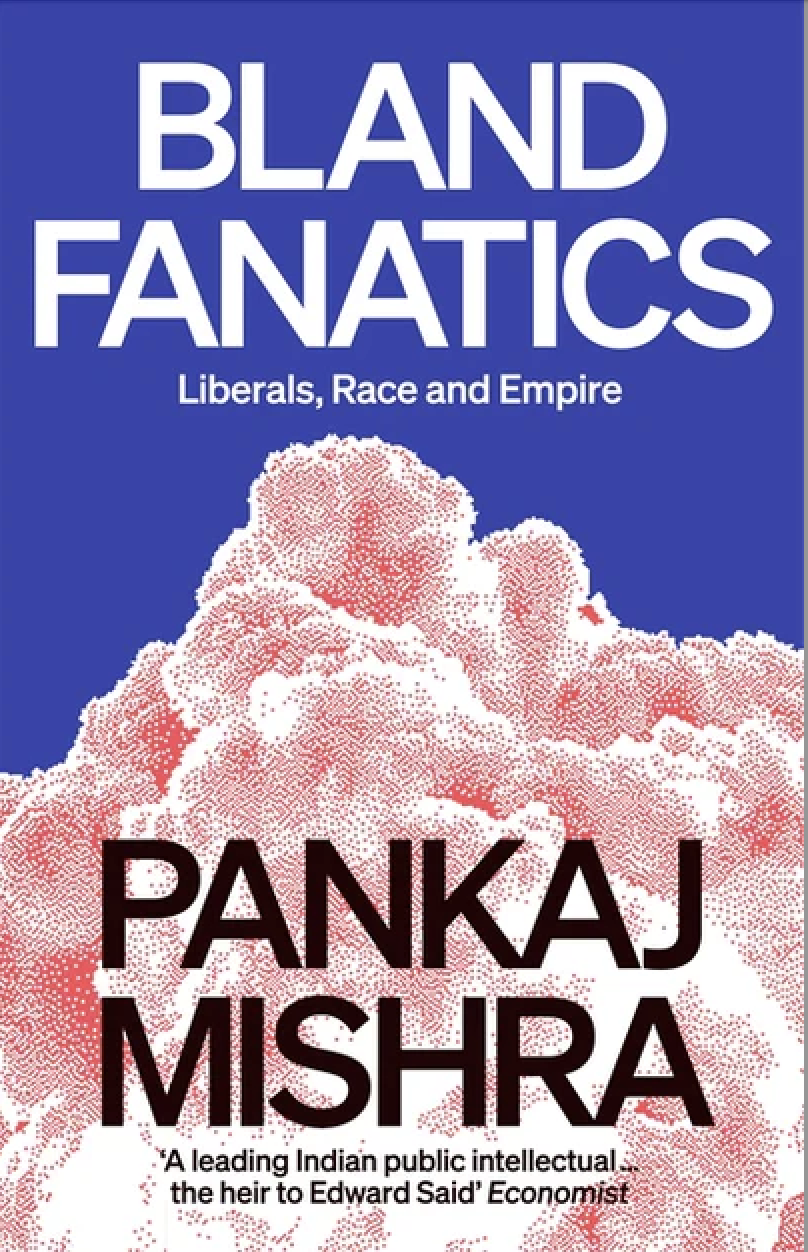
Bland Fanatics
Decades of violence and chaos have generated a political and intellectual hysteria—ranging from imperial atavism to paranoia about invading or hectically breeding Muslim hordes—that has affected ev…
Paperback
Indian Government Bans Critical Books on Kashmir, Including Verso’s ‘Kashmir: The Case for Freedom’
Excerpts from Kashmir: The Case For Freedom in response to the Indian Government’s recent censorship
Tariq Ali, Angana P. Chatterji, Pankaj Mishra and Arundhati Roy 8 August 2025
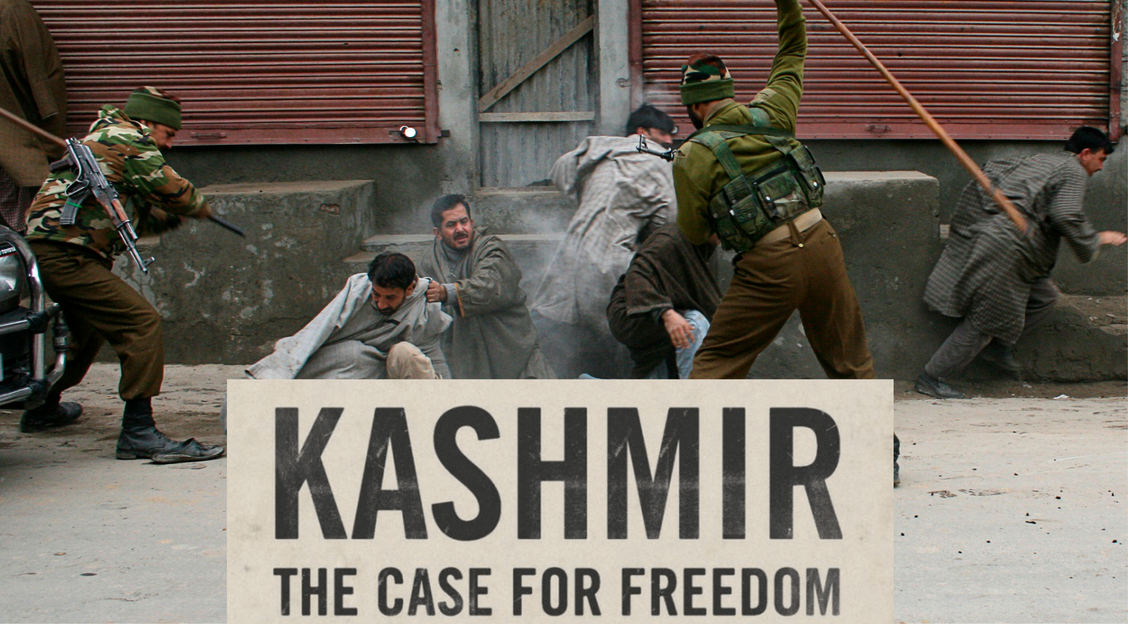
The Wire reports from India that several critical books on Kashmir that according to the Indian government “have been found to excite(sic) secessionism and endangering sovereignty, unity and integrity of India.” Our book was published in 2011 and consisted of essays by Arundhati Roy, Pankaj Mishra, Angana Chatterji, Hilal Bhatt and Tariq Ali. It circulated widely in Kashmir and the diaspora. The extracts we publish below from the essays are self-explanatory and remain apposite. Since banning books often helps increase their circulation, we hope new readers will oblige.

Bland Fanatics
Decades of violence and chaos have generated a political and intellectual hysteria—ranging from imperial atavism to paranoia about invading or hectically breeding Muslim hordes—that has affected ev…PaperbackAdd to cartSale price£9.99

Kashmir
by Tariq Ali, Hilal Bhatt, Angana P. Chatterji, Pankaj Mishra and Arundhati Roy
Kashmir is one of the most protracted and bloody occupations in the world—and one of the most ignored. Under an Indian military rule that, at half a million strong, exceeds the total number of US f…
Paperback
We are sorry this title is currently out of stock in your selected territory. Please check back or contact us for more information.
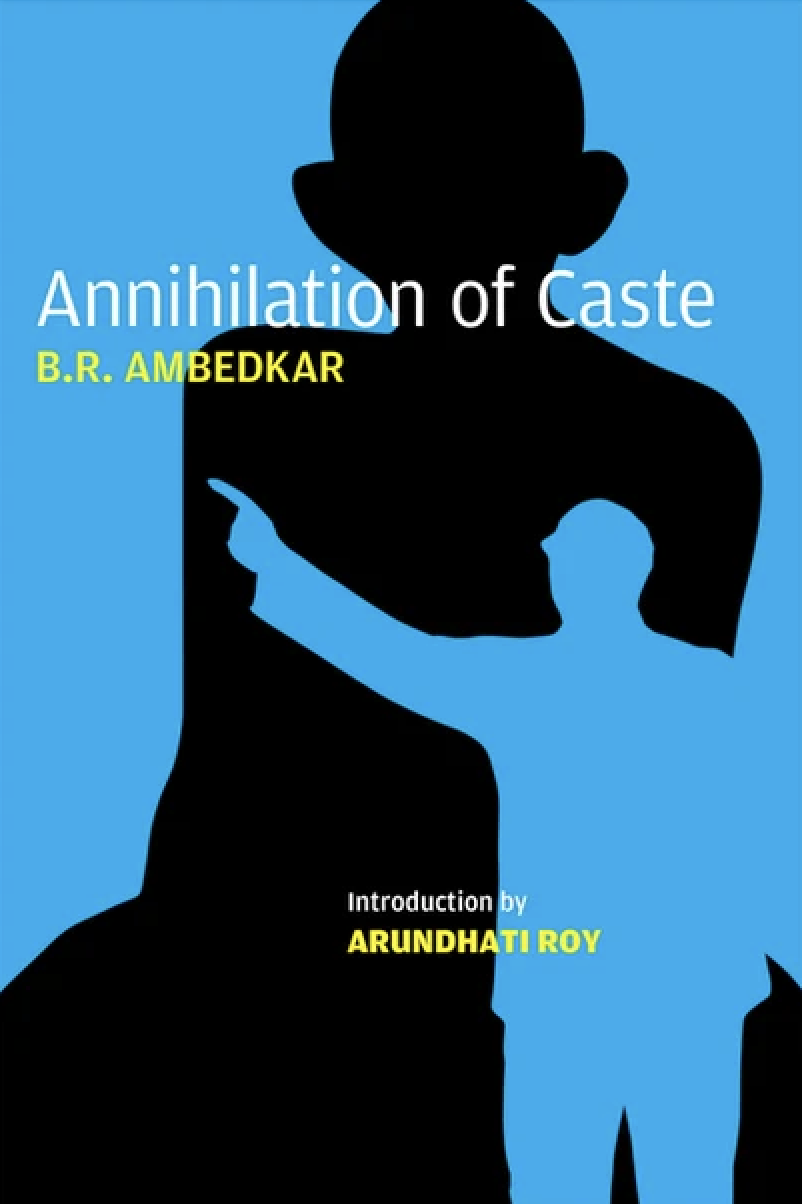
Introduction by Arundhati Roy
B.R. Ambedkar’s Annihilation of Caste is one of the most important, yet neglected, works of political writing from India. Written in 1936, it is an audacious denunciation of Hinduism and its caste …
Paperback
Pankaj Mishra:
Once known for its extraordinary beauty, the valley of Kashmir now hosts the biggest, bloodiest and most obscure military occupation in the world. With more than eighty thousand people dead in an anti-India insurgency backed by Pakistan, the killing fields of Kashmir dwarf those of Palestine and Tibet. In addition to the everyday regime of arbitrary arrests, curfews, raids, and checkpoints enforced by nearly 700,000 Indian soldiers, the valley’s four million Muslims are exposed to extrajudicial execution, rape, and torture, with such barbaric variations as live electric wires inserted into penises. Why, then, does the immense human suffering of Kashmir occupy such an imperceptible place in our moral imagination? After all, the Kashmiris demanding release from the degradations of military rule couldn’t be louder or clearer. India has contained the insurgency of 1989, which it provoked with rigged elections and massacres of protestors. The hundreds of thousands of demonstrators who periodically fill the streets of Kashmir’s cities today are overwhelmingly young, many in their teens, and armed with nothing more lethal than stones. Yet the Indian state seems determined to strangle the voices of the new generation as it did those of the old one. In the summer of 2010, soldiers shot dead more than a hundred protesters, most of them teenagers.
Arundhati Roy:
During the summer months of 2008, the people of Kashmir were free. Free in the most profound sense. They shrugged off the terror of living their lives in the gunsights of half a million heavily armed soldiers in the most densely militarized zone in the world.
After eighteen years of administering a military occupation, the Indian government found its worst nightmare had come true. Having declared that Kashmir’s militant movement had been crushed, it was faced with a non-violent mass protest, but not the kind it knows how to manage. This one was nourished by people’s memory of years of repression in which tens of thousands had been killed, thousands had been ‘disappeared’, and hundreds of thousands had been tortured, injured, raped and humiliated. That kind of rage, once it finds expression, cannot easily be tamed, re-bottled and sent back to where it came from.
For all those years, the Indian state, known amongst the knowing as the Deep State, had done everything it could to subvert, suppress, misrepresent, discredit, interpret, intimidate, purchase, and simply snuff out the voice of the Kashmiri people. It had used money (lots of it), violence (lots of it), disinformation, propaganda, torture, elaborate networks of collaborators and informers, terror, imprisonment, blackmail and rigged elections to subdue what democrats would call the will of the people. But the Deep State, as deep states eventually tend to do, tripped on its own hubris and bought into its own publicity. It made the mistake of believing that domination was victory, that the ‘normalcy’ it had enforced through the barrel of a gun was indeed normal, and that the people’s sullen silence was acquiescence.
Angana P. Chatterji:
The word freedom represents many things across India-ruled Kashmir. But these divergent interpretations are steadfastly united on one point: freedom always signifi es an end to India’s illiberal governance. In the administration of brutality, India, the former colony, has proven itself equal to its former colonial masters. Governing Kashmir is about India’s coming of age as a power. Kashmir is the result of a fi xation with haphazard and colonially imposed borders.5 India overwrites memory – histories of violence, confl ict, partition, and events that remain unresolved – to maintain the myth of its triumphant unifi cation as a nation-state with Kashmir at its headspring. India’s control of Kashmir requires that Kashmiri demands for justice be depicted as a threat to India’s integrity. Marshalling colonial legacies, the post-colonial state seeks to consolidate the nation as a new form of empire, demanding hyper-masculine militarization and territorial and extraterritorial control. This requires the manufacture of internal and external enemies to constitute a national identity, constructed in opposition to the anti-national and non-native enemies of the nation.
Tariq Ali
In early July 2010, a Kashmiri lawyer rang me in an agitated state. Had I heard about the latest tragedies in Kashmir? I had not. He was stunned. So was I when he told me in detail what had been taking place there over the previous three weeks. As far as I had seen, none of the British daily papers or TV news bulletins had covered the story; after I met with him, I rescued from my spam box two emails from Kashmir informing me of the horrors. I was truly shamed. The next day, I scoured the press again. Nothing. The only story in the Guardian from the paper’s Delhi correspondent – it was given a full half-page – was headlined: ‘Model’s death brings new claims of dark side to India’s fashion industry’. Accompanying the story was a fetching photograph of the ill-fated woman. The deaths of (at that point) eleven young men between the ages of fifteen and twenty-seven, shot by Indian security forces in Kashmir, weren’t mentioned. Later I discovered that a short report had appeared in the New York Times on 28 June and one the day after in the Guardian; there has been no substantial follow-up. When it comes to reporting crimes committed by states considered friendly to the West, atrocity fatigue rapidly kicks in.
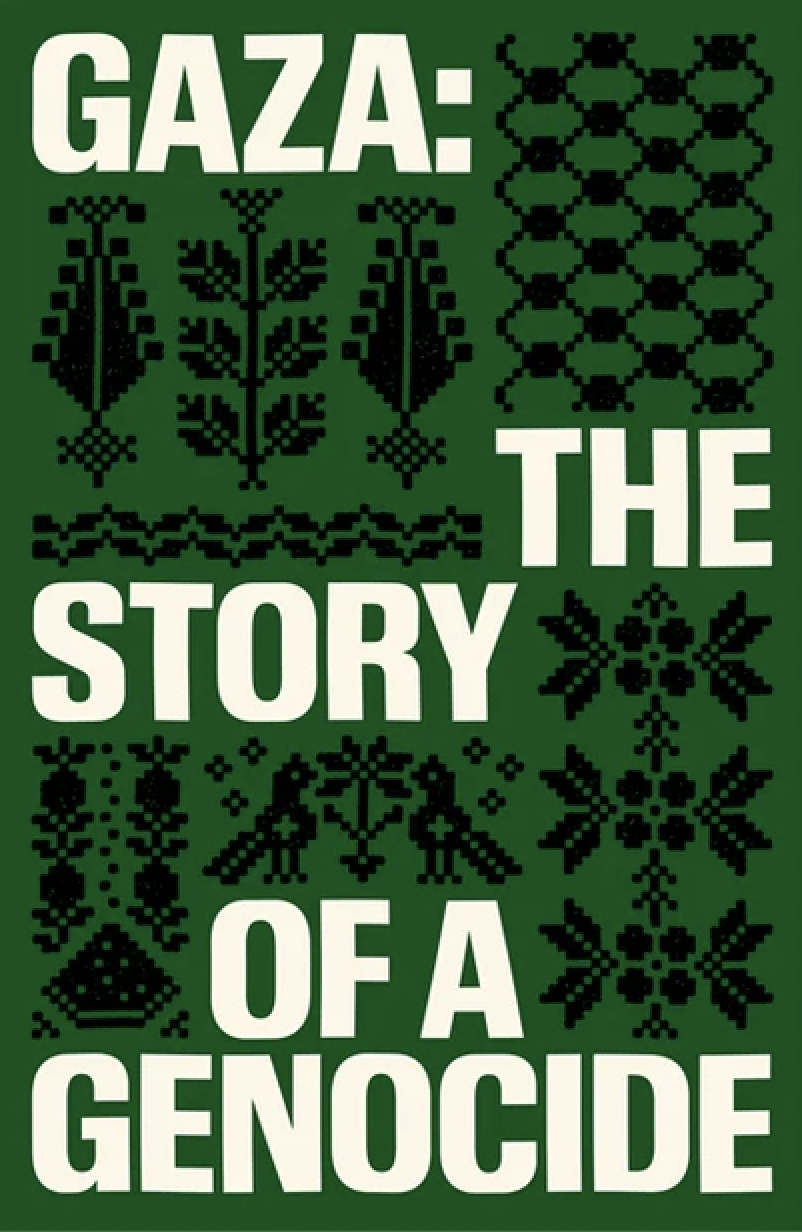
Gaza
Edited by Fatima Bhutto and Sonia Faleiro
Gaza: The Story of a Genocide is an urgent and powerful collection of personal testimony, poetry, photography, art, and frontline reportage. Together, these works bear witness to the vast and ongoi…
Paperback
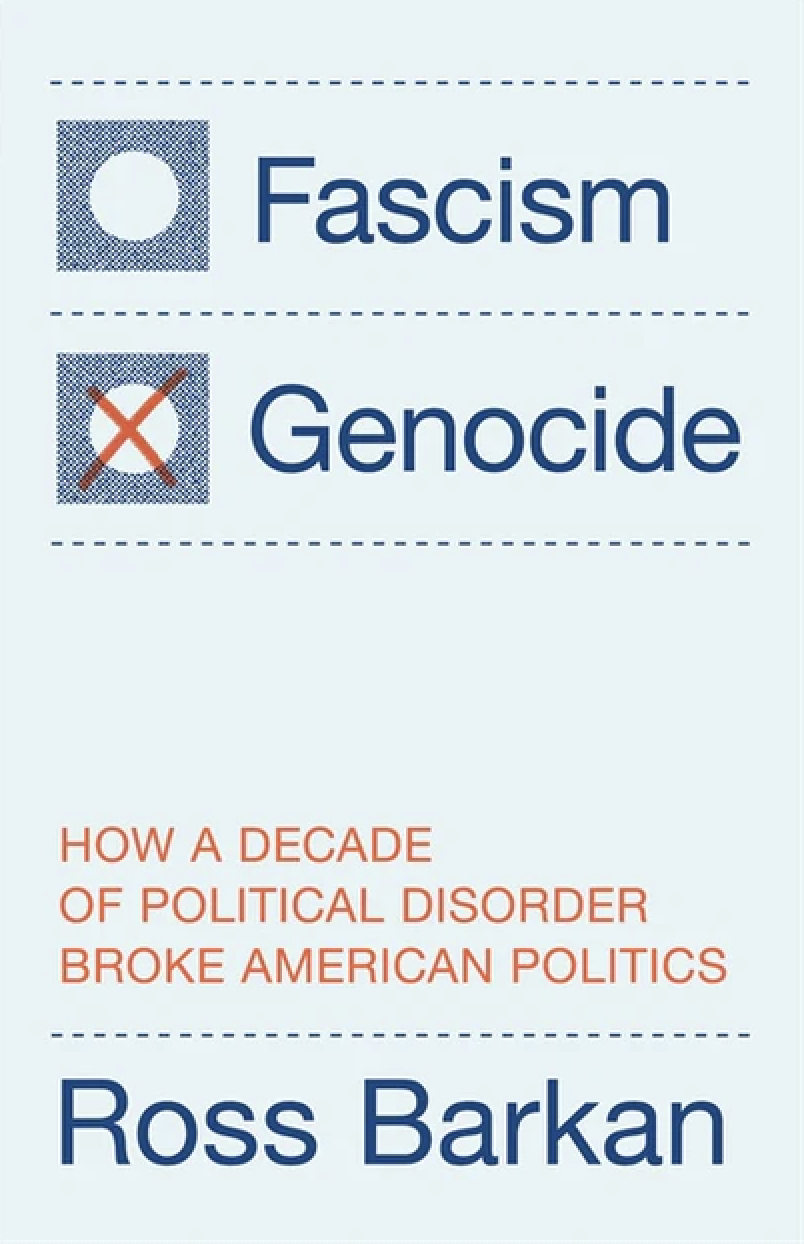
Fascism or Genocide
by Ross Barkan
Fascism or Genocide is New York Times Magazine writer Ross Barkan’s sweeping report on the 2024 US election and the decade of political upheaval leading up to it.As in 2020, Joe Biden campaigned on…
Hardback
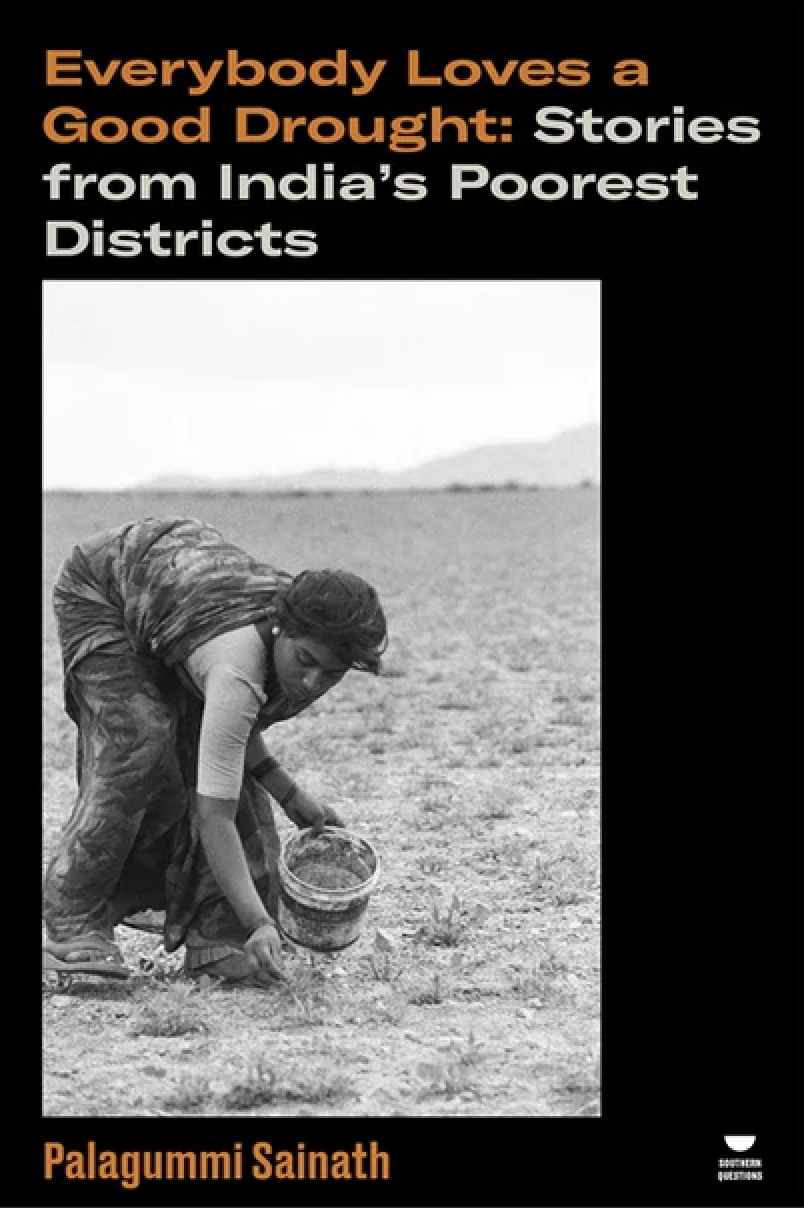
Everybody Loves a Good Drought
Acclaimed worldwide, Everybody Loves a Good Drought is the acknowledged classic on rural poverty in India. Three decades after publication, it remains unsurpassed in the scope and depth of its repo…
Paperback
This story was originally published in versobooks.com.



